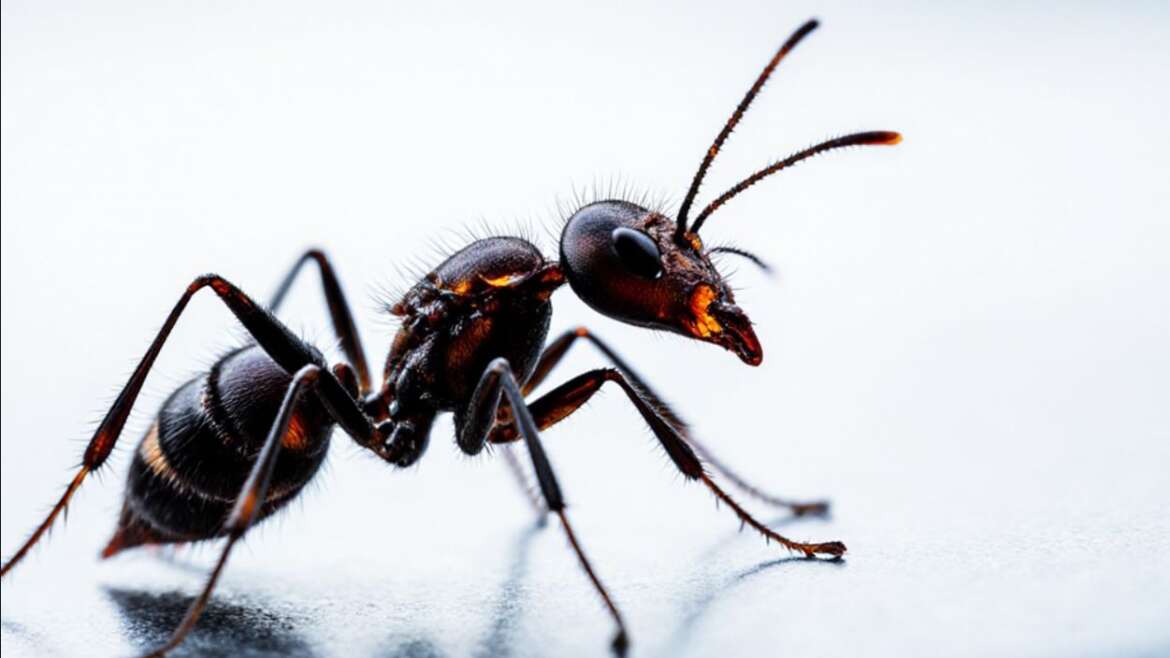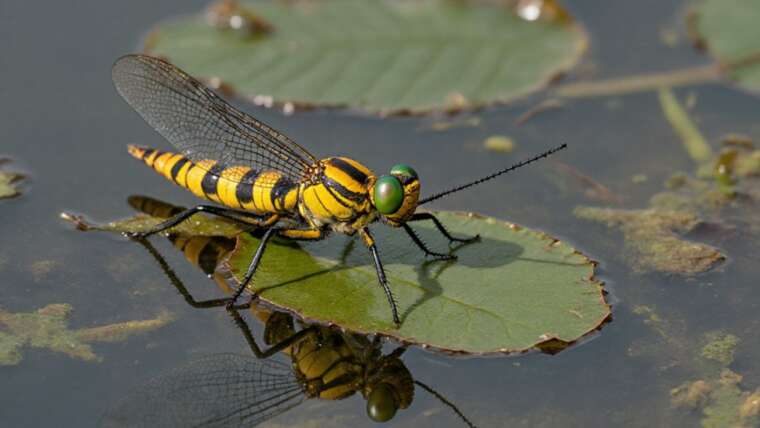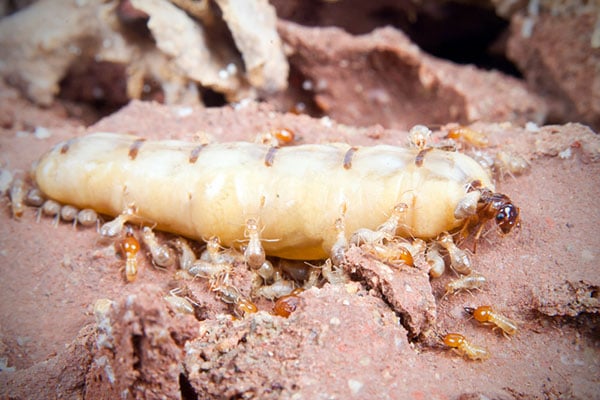Yes, ants can indeed make their way into your car, posing several inconveniences. These tiny creatures can become a distraction while you’re driving, as they may crawl on your arms and legs. Some species do carry the potential to deliver painful bites or stings, making their presence even more unwelcome.
Ants and Automobile Damage
Certain common ant species, such as fire ants, are notorious for their ability to damage automobiles. They may infest various parts of your car, targeting components like relays, switches, and wiring insulation, which can be quite appealing to them. Unfortunately, the cost of repairing damage caused to these electrical systems can be substantial.
Tip: Keep in mind that investing in regular maintenance checks for your vehicle can help identify potential damage from pests early, saving you money in the long run.
Why Do Ants Get in Cars?
If you notice ants in your vehicle, your first order of business should be to investigate whether you parked on or near an ant hill. Ants can also find their way into your car by chance as they search for food. If your car is a blank canvas with no edible offerings, they may simply move on. However, if they discover crumbs, sticky soda residues, or food wrappers, they will be motivated to return with more ants in tow.
Tip: Always do a quick inspection of your parking area for potential nests or high ant activity. Being aware of your surroundings reduces the likelihood of attracting these pesky pests in the first place.
How Do I Help Get Rid of Ants in My Car?
To combat an ant problem in your vehicle, implement these three effective steps:
1. Move Your Car
If there’s a possibility you parked on an anthill or near foliage where ants are abundant, relocating your car can help. However, be cautious; ants have an uncanny ability to leave behind chemical trails, known as pheromones, that can guide fellow colony members back to your vehicle. Simply moving it a few feet may not break this trail. Additionally, some ant colonies can form satellite nests, which means moving could be ineffective alone.
Tip: Choose a parking spot that’s not only distant from potential ant colonies but also away from plants or vegetation that could harbor ants.
2. Clean the Interior of Your Car
A thorough cleaning of your car’s interior is crucial. Vacuum the upholstery, floorboards, and trunk area carefully, as ants can hide in the smallest spaces. Remove any loose food items—every crumb counts! Pay special attention to food stains and ensure you dispose of any food wrappers or empty containers, including drink cups, bottles, or cans.
Tip: Use a handheld vacuum for precise cleaning in hard-to-reach areas, ensuring no ant has the chance to hide out in your vehicle.
3. Wash the Exterior of Your Car
Don’t neglect the exterior! Take your vehicle to a professional car wash or use a self-serve wash. Focus on cleaning regions where ants may lurk, such as the undercarriage, wheel wells, and under the hood near the engine. These areas can often harbor nests or provide shelter for ants.
Tip: Consider a specialized car wash that includes an undercarriage cleaning option, which can be highly effective in removing unseen pests.
If you find yourself overwhelmed by ants, whether in your car or at home, don’t hesitate to call Terminix®. Their technicians can offer targeted strategies to manage these tiny, yet bothersome, intruders effectively.
By following these comprehensive steps, you can minimize the risk of an ant infestation in your vehicle and ensure a safer, more pleasant driving experience.





